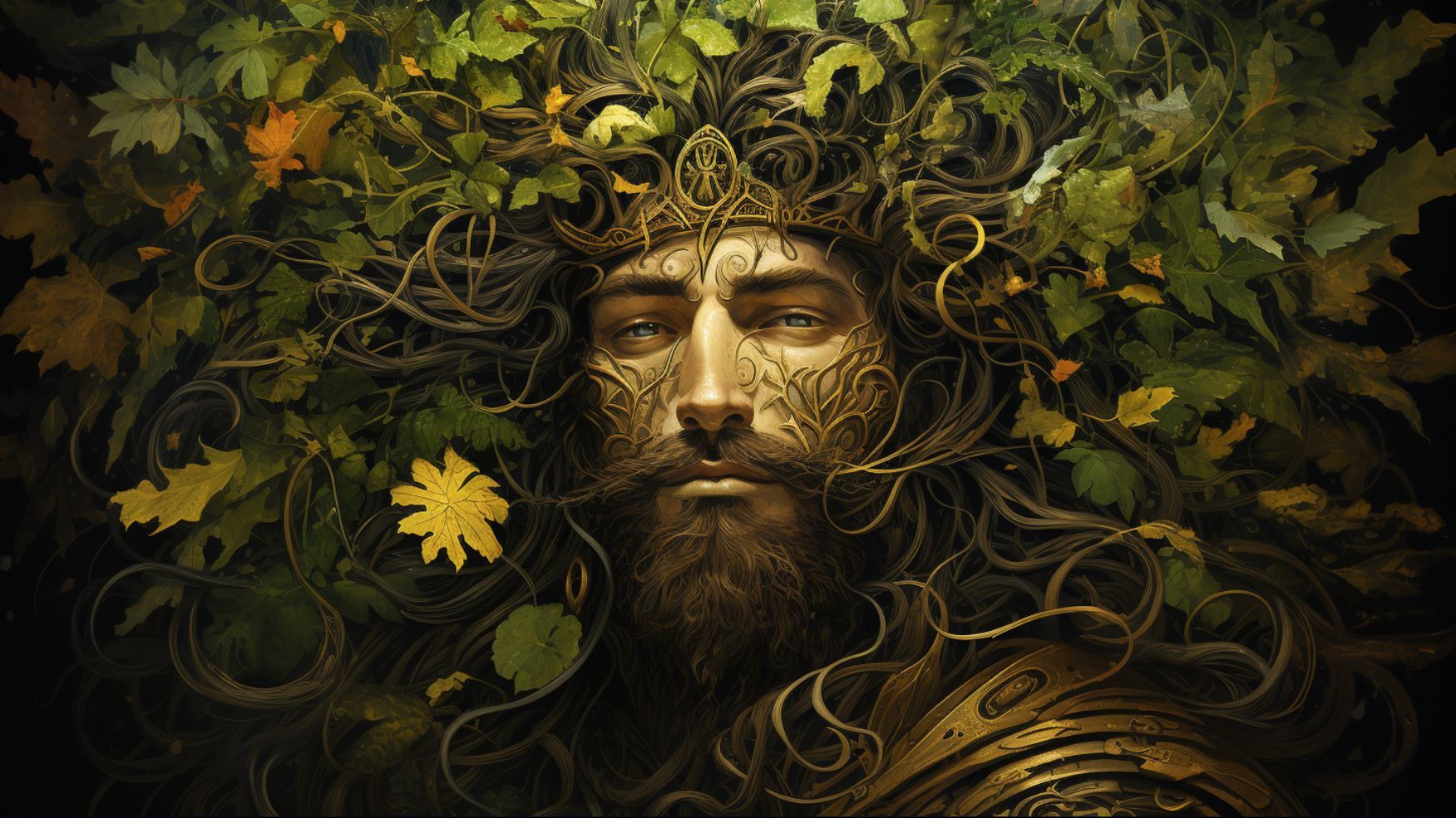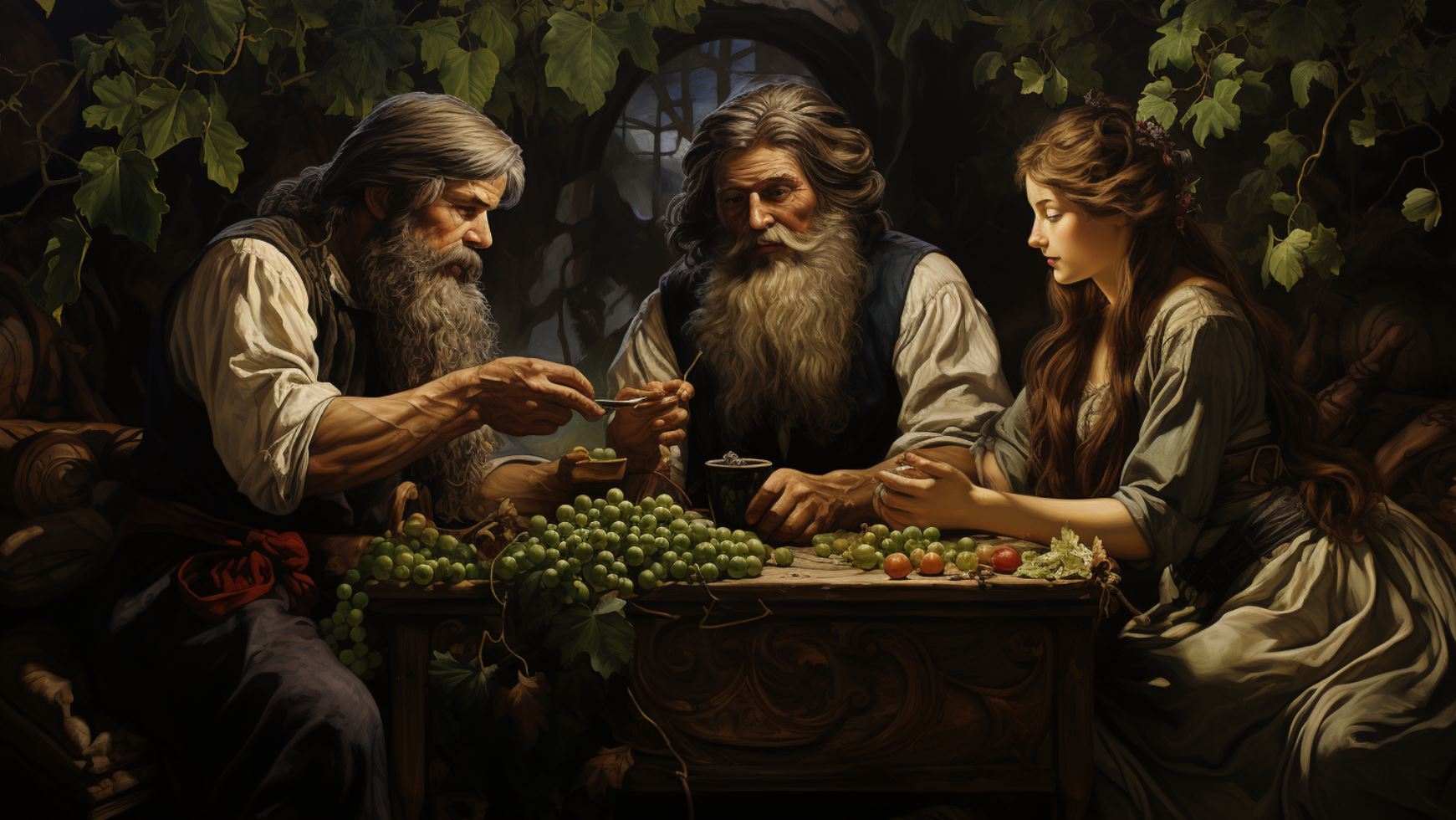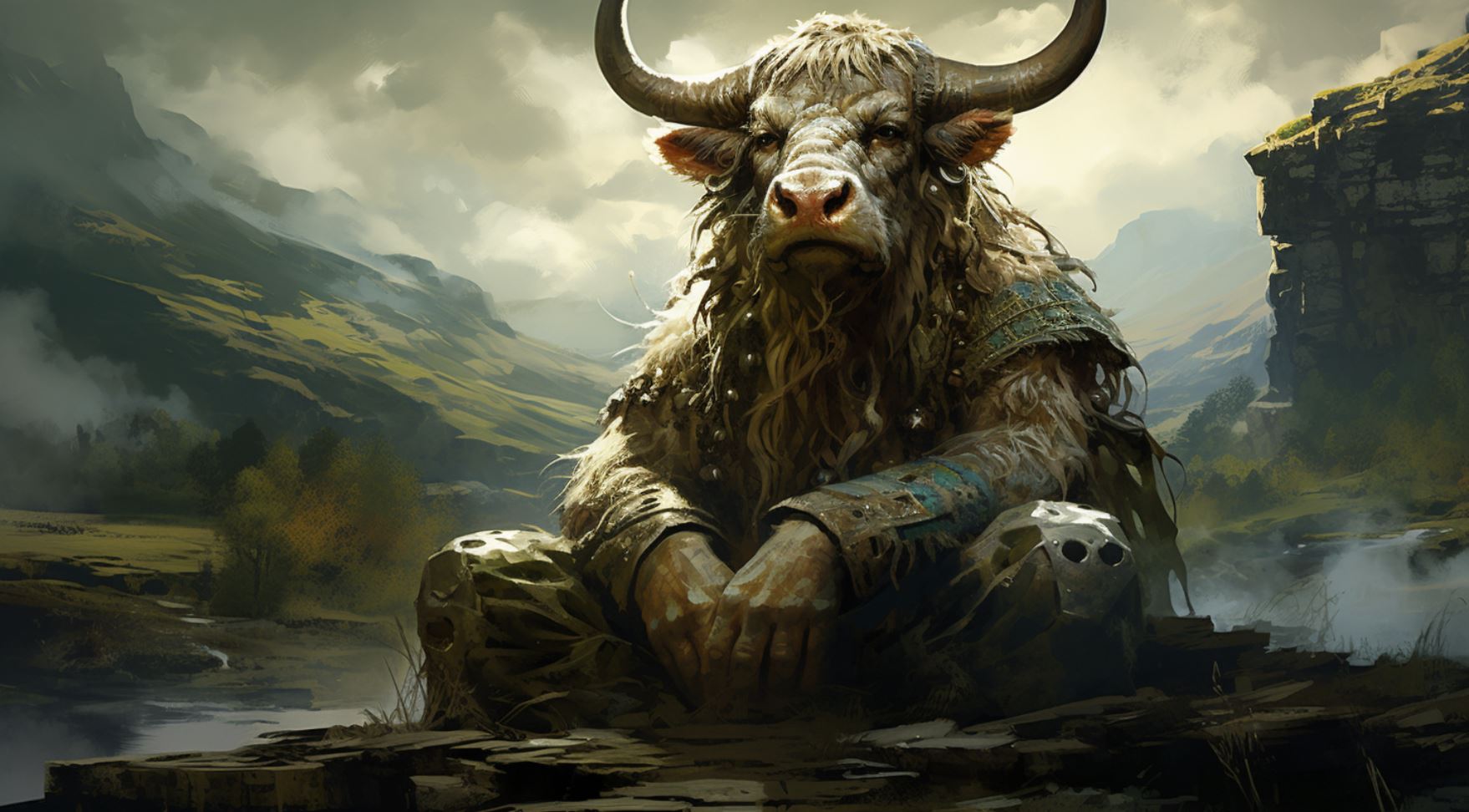Viridios God: Unveiling the Ancient Celtic Deity in the Legends of America

The article explores Viridios God, a fascinating deity with Celtic and Roman roots. It dives into the origins, legends in American folklore, significance in modern culture, stone representations, and the intriguing Roman connection.
Discover the captivating presence of Viridios in Native American stories and its influence on early American settlers. Explore the deity’s popularity in contemporary art and literature, as well as the symbolism associated with Viridios in popular culture.
Unearth the ancient stone carvings and artifacts that depict Viridios, and unravel the Roman influence on this mysterious deity.
The Origins of Viridios God
Exploring the Celtic Roots
The ancient origins of Viridios God can be traced back to Celtic mythology, a rich tapestry of beliefs and stories that flourished in what is now modern-day Ireland, Scotland, and Wales.
Within this Celtic pantheon, Viridios emerged as a revered deity associated with nature, fertility, and the cycle of life. Revered by the Celtic people, Viridios was often depicted as a youthful and vibrant figure, embodying the essence of the natural world.
Evidence of Viridios’s Celtic origins can be found in various artifacts, including stone carvings and ancient texts. These sources provide glimpses into the rituals and practices dedicated to honoring Viridios, shedding light on the significant role this deity played in Celtic society.
The reverence for Viridios and the interconnectedness of nature and divinity is evident in the intricate artwork and symbols associated with Celtic mythology.
Intriguing Connections to Roman Mythology
While Viridios holds prominent significance in Celtic folklore, intriguing connections between Viridios God and Roman mythology have also been discovered. Roman mythology, influenced by the assimilation of different cultures, often intertwined deities from various pantheons.
Historical records indicate that the Roman Empire had encounters with Celtic tribes in their expansionist pursuits, which led to the merging of Celtic and Roman beliefs. The existence of a Roman family known as gens Viridia suggests a direct association with the Celtic deity Viridios.
Additionally, the name Viridios also appears in Arthurian legends, showcasing the enduring presence of this deity across different mythologies.
The fusion of Celtic and Roman cultures brought forth a unique interpretation of Viridios God, incorporating elements from both mythologies.
The Roman influence added layers of symbolism and significance to Viridios, further expanding the deity’s mythological narrative.
Unveiling the Legends of Viridios God in American Folklore
‘Unveiling the Legends of Viridios God in American Folklore’ explores the rich tapestry of stories and myths that surround this enigmatic deity. Passed down through generations, these legends offer a glimpse into the cultural significance of Viridios God in the United States.
Tracing the Presence in Native American Stories
The presence of Viridios God can be traced in Native American stories, where the deity is often associated with nature, fertility, and the cycles of life. These captivating tales depict Viridios as a powerful spirit who harmonizes with the natural world, providing guidance and protection to Native American tribes across the land.
Through these stories, Viridios God becomes ingrained in the rich oral tradition of indigenous cultures.
Influences on Early American Settlers
As European settlers arrived on American shores, they brought with them their own beliefs and mythologies. The influence of Viridios God can be seen in the folklore of early American settlers, as they incorporated elements of Native American tales into their own narratives.
The presence of Viridios God in these stories symbolizes the harmonious coexistence between different cultural traditions, intertwining Native American and European influences.
In these legends, Viridios God often represents a bridge between worlds, embodying the blending of cultures and the preservation of ancient wisdom amidst a changing landscape.
The stories passed down by early settlers helped shape the cultural fabric of America, and Viridios God became an integral part of the collective imagination.
By exploring the presence of Viridios God in Native American stories and its influences on early American settlers, we gain a deeper understanding of the enduring legacy of this deity in American folklore.
The legends surrounding Viridios God continue to captivate and inspire, reminding us of the importance of cultural exchange and the timeless tales that connect us to our ancestral past.
The Significance of Viridios God in Modern Culture
With its rich mythological background and intriguing history, Viridios God holds a remarkable significance in modern culture, captivating the imagination of artists, writers, and enthusiasts alike.
This section explores the deity’s popularity in various forms of contemporary art and literature and delves into the symbolism associated with Viridios God in popular culture.
Popularity in Contemporary Art and Literature
Viridios God has undoubtedly become a source of inspiration for many contemporary artists and authors who seek to explore the depths of mythical traditions.
Through paintings, sculptures, and other visual mediums, artists express their interpretations of this ancient deity, capturing the essence of nature, fertility, and renewal that Viridios God embodies.
Moreover, the deity’s allure extends to the realm of literature, with numerous authors incorporating Viridios God into their narratives.
From epic fantasy novels to modern retellings of ancient myths, the inclusion of Viridios God adds a layer of mystique and connection to the natural world, resonating with readers on a deep level.
Examples of Viridios God in Contemporary Art and Literature:
- Sculptures depicting Viridios God in serene and verdant settings
- Novels intertwining Viridios God with modern protagonists’ journeys
- Paintings showcasing the vibrant colors associated with the deity
- Photography projects exploring the connection between Viridios God and nature
Exploring the Symbolism of Viridios God in Popular Culture
The symbolism surrounding Viridios God reverberates through popular culture, reflecting humanity’s fascination with natural cycles and the power of transformation.
The deity is often associated with concepts such as rebirth, growth, and the untamed forces of nature.
Viridios God’s symbolism frequently manifests in various aspects of popular culture, including movies, music, and even fashion.
Filmmakers incorporate the deity’s themes into narratives that explore environmentalism, the struggle for balance, and the consequences of neglecting the natural world.
Moreover, musicians draw inspiration from the Celtic and Roman mythologies intertwined with Viridios God, creating melodies that evoke a sense of awe and reverence for the earth.
Fashion designers incorporate elements reminiscent of Viridios God’s flora and fauna symbolism, creating unique pieces that celebrate our connection to the natural world.
Examples of Viridios God’s Symbolism in Popular Culture:
- Movies highlighting the importance of preserving nature and its delicate balance
- Songs with lyrics emphasizing the beauty and power of the natural world
- Fashion collections showcasing organic materials and nature-inspired designs
- Art installations symbolizing the cyclical nature of life and the earth
This profound resonance with Viridios God in contemporary art, literature, and popular culture showcases the enduring appeal and relevance of this ancient deity, bridging the gap between ancient traditions and the modern world.
The Stone Representations of Viridios God
The stone representations of Viridios God offer a glimpse into the ancient and mystical connections associated with this enigmatic deity. These artifacts, in the form of carvings and other stone objects, provide valuable insights into the beliefs and rituals surrounding Viridios worship.
Ancient Stone Carvings and Artifacts
Ancient stone carvings depicting Viridios God have been discovered in various archaeological sites, shedding light on the significance of this deity in different cultures throughout history. These carvings showcase Viridios in various forms, often accompanied by symbols associated with nature and fertility.
One notable example of these stone representations is the Tintagel inscription, discovered during excavations in 2017. This inscribed stone provides evidence of a fusion of cultures, implying that Viridios God was worshipped even after the Roman era in the region.
Other ancient artifacts, such as statues and figurines, offer further evidence of the veneration of Viridios God. These stone objects showcase the deity in different poses, sometimes holding symbols of agriculture, growth, and abundance.
The Mystical Powers Associated with the Stone of Viridios
Legend suggests that certain stones associated with Viridios God possess mystical properties. These stones, often referred to as the Stones of Viridios, are believed to bring blessings, protection, and even healing to those who possess them.
- Enhanced Fertility and Agricultural Prosperity: It is said that carrying or using a Stone of Viridios can bring fertility to the land, ensuring bountiful harvests and agricultural prosperity.
- Connection to Nature Spirits: The Stones of Viridios are believed to have a strong connection to nature spirits.
It is said that these stones can enhance communication with these spirits, fostering a deeper understanding and harmony with the natural world.
- Healing and Well-being: Some traditions suggest that the Stones of Viridios possess healing properties, capable of promoting physical and spiritual well-being.
These stones are often used in rituals or placed in sacred spaces to enhance healing energies.
While the specific properties and powers attributed to the Stones of Viridios may vary across different cultural and spiritual practices, they all share a common belief in the sacredness and transformative nature of these stones.
Unearthing the Roman Connection
Unearthing the Roman connection to Viridios God unveils fascinating insights into the deity’s origins and the cross-cultural influences that shaped its mythology. This section delves into the evidence linking Viridios to the Roman pantheon and debunks myths surrounding this intriguing connection.
Discovering the Roman Influence on Viridios God
The discovery of ancient inscriptions and artifacts provides compelling evidence of the Roman influence on Viridios God. These findings suggest that the Romans assimilated local deities from conquered regions, incorporating them into their own pantheon.
In the case of Viridios, the assimilation is evident through the association of the Roman family gens Viridia with the Celtic deity Viridius.
The presence of Viridios in Roman mythology reflects the syncretism that occurred between Celtic and Roman beliefs.
The intermingling of cultures resulted in the amalgamation of deities, where aspects of Celtic religious practices merged with Roman traditions. This fusion often showcased the adaptability and tolerance of both civilizations towards incorporating and transforming religious beliefs.
Debunking Myths and Decoding the Roman Connection
Despite the presence of Roman influences on Viridios God, several misconceptions and myths have arisen. Scholars and historians have dedicated extensive research to decode the true nature of the Roman connection and separate fact from fiction.
- One prevailing myth suggests that Viridios God was solely a product of Celtic mythology and had no ties to Rome. However, the discovery of Roman references and inscriptions disproves this notion, indicating a strong Roman presence in the deity’s mythological lineage.
- Another misconception revolves around Viridios being a minor deity, overshadowed by more prominent Roman gods.
While not part of the Olympian pantheon, Viridios’s importance is evidenced by the existence of Roman families bearing the name Viridia, indicating a significant following and worship of the deity.
By debunking these myths and decoding the Roman connection to Viridios God, a clearer understanding emerges of the deity’s cultural significance and the intricate interplay between Celtic and Roman religious practices.
.



















